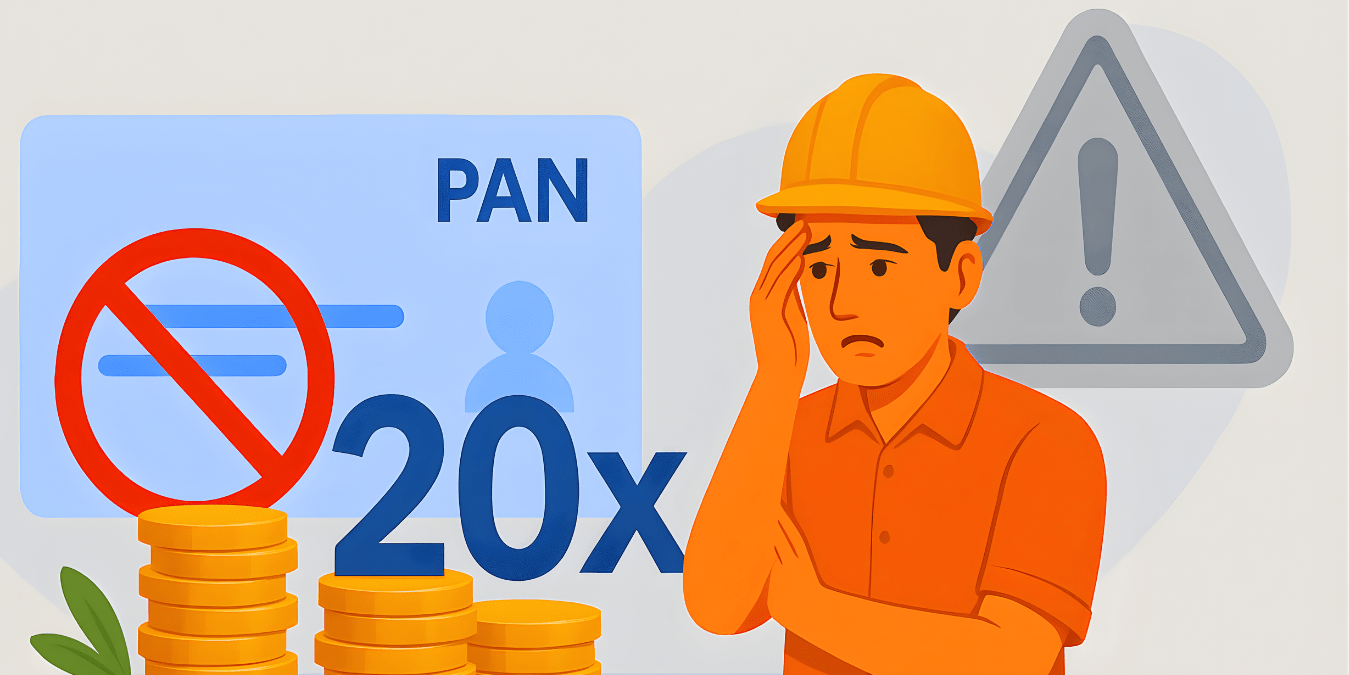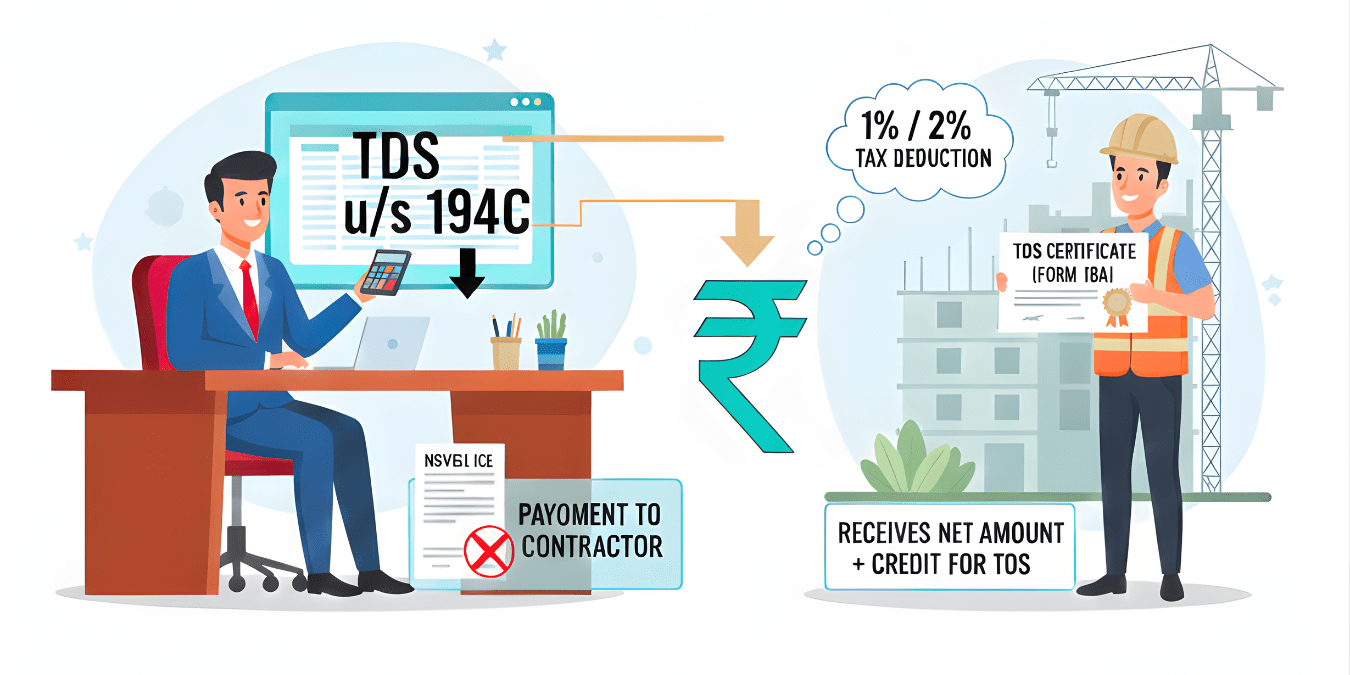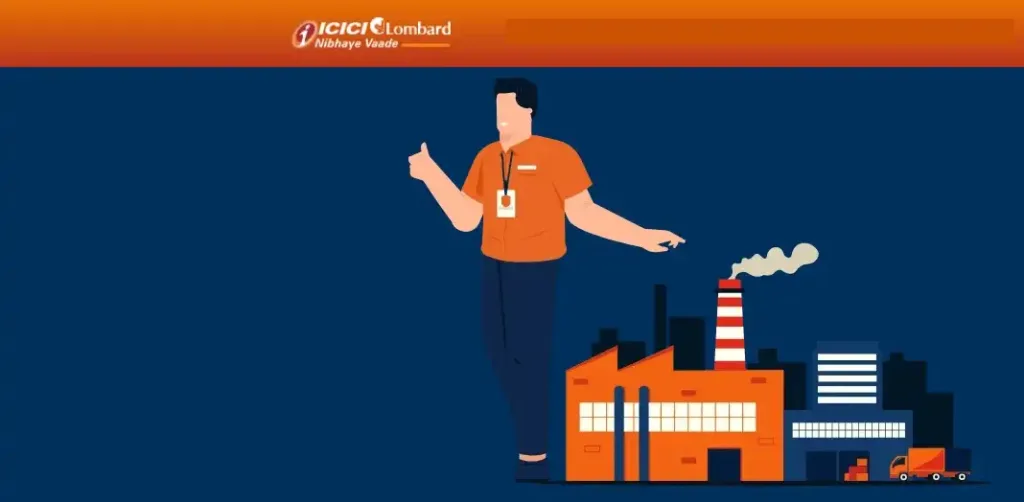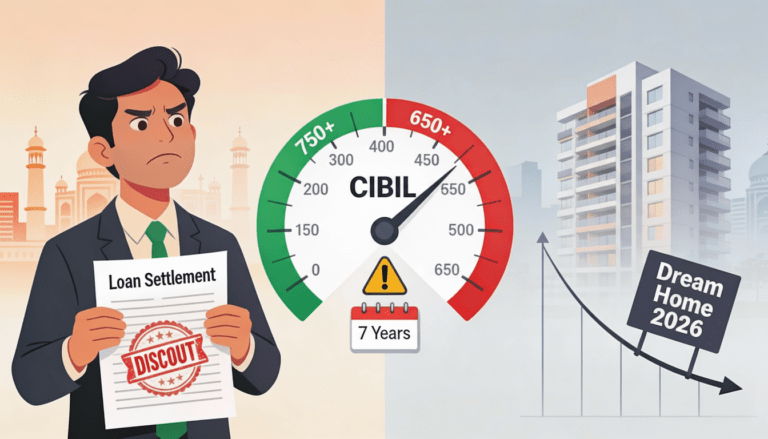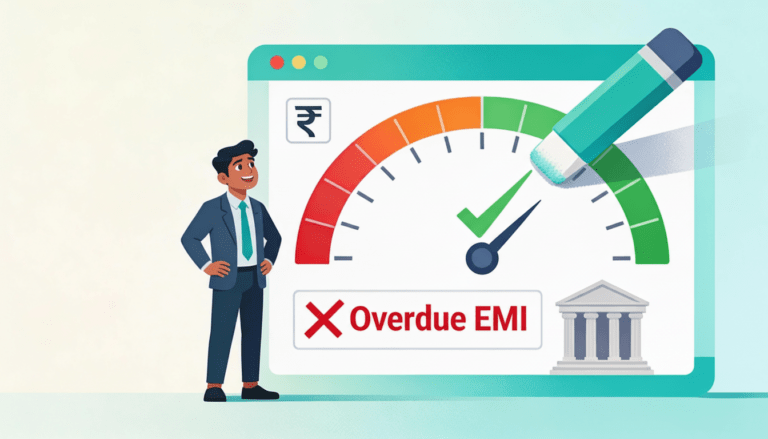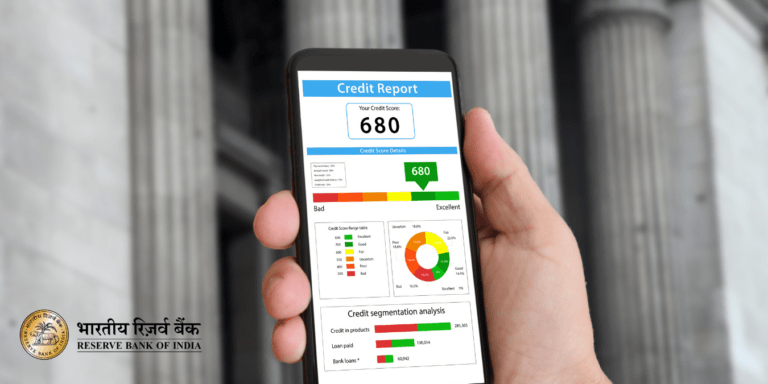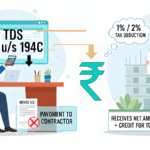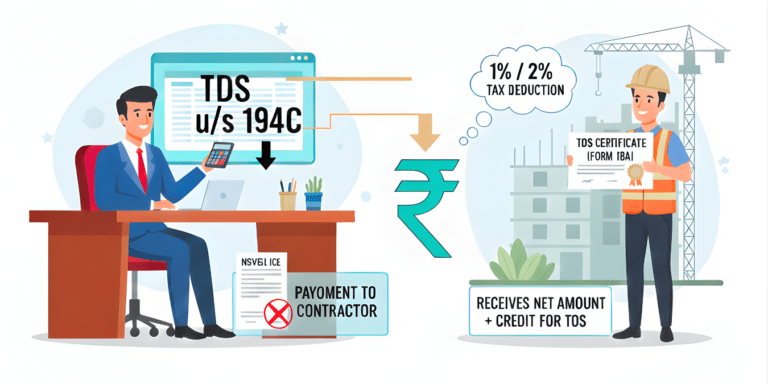
When it comes to managing your home loan, making prepayments can be a game-changer. Prepayments not only help you save on interest but also allow you to become debt-free sooner. However, one of the most common dilemmas homeowners face is whether to reduce their Equated Monthly Installment (EMI) or reduce the loan tenure when making prepayments. Both options have their own set of advantages and disadvantages, and the best choice depends on your financial situation, goals, and priorities.

Understanding Home Loan EMI and Tenure
Before diving into the specifics of prepayment options, it’s essential to understand the basics of home loan EMI and tenure.
EMI (Equated Monthly Installment) is the fixed amount you pay every month towards repaying your home loan. It consists of both the principal amount and the interest on the loan. The EMI amount remains constant throughout the loan tenure, but the proportion of principal and interest changes over time.
Tenure is the duration over which you choose to repay your loan. It can range from a few years to several decades, depending on the loan amount and your repayment capacity.
Here are some key points to consider:
- EMI Calculation: The EMI is calculated based on the loan amount, interest rate, and tenure. You can use an EMI calculator to get an estimate of your monthly payments.
- Interest Rates: The interest rate can be fixed or floating. A fixed rate remains the same throughout the loan tenure, while a floating rate can change based on market conditions.
- Impact of Tenure on EMI: A longer tenure means lower EMIs but higher overall interest payments. Conversely, a shorter tenure results in higher EMIs but lower total interest.
- Prepayment Options: Making prepayments can reduce your loan tenure and the total interest paid. Some banks may charge a prepayment penalty, so it’s important to check the terms.
What is Prepayment in Home Loans?
Prepayment in home loans refers to the act of paying off a part or the entire outstanding loan amount before the scheduled due date. This can be done in two ways:
- Partial Prepayment: You pay a lump sum amount towards the principal, which reduces the outstanding loan balance. This can lead to a reduction in the EMI or the loan tenure, depending on the terms agreed with the lender.
- Full Prepayment: You pay off the entire remaining loan amount before the end of the loan tenure, effectively closing the loan.
Benefits of Prepayment:
- Interest Savings: By reducing the principal amount, you decrease the total interest payable over the loan tenure.
- Reduced Loan Tenure: Prepayments can shorten the loan tenure, helping you become debt-free sooner.
- Lower EMIs: Depending on the lender’s policy, prepayments can also reduce your monthly EMI burden.
Considerations:
- Prepayment Penalties: Some lenders may charge a fee for prepayment, especially for fixed-rate loans. It’s important to check the terms and conditions of your loan agreement.
- Financial Planning: Ensure that prepayment does not strain your finances. It’s wise to maintain an emergency fund and consider other investment opportunities before making a prepayment.
Reduce Home Loan EMI vs Reduce Tenure: Key Differences
Here’s a table highlighting the key differences between reducing your home loan EMI and reducing the loan tenure:
| Aspect | Reduce Home Loan EMI | Reduce Loan Tenure |
| Monthly Payment | Decreases | Remains the same or slightly increases |
| Total Interest Paid | Higher over the loan tenure | Lower over the loan tenure |
| Loan Tenure | Remains the same or increases | Decreases |
| Financial Flexibility | More monthly savings for other expenses/investments | Faster debt-free status |
| Impact on Budget | Easier on monthly budget | Requires higher monthly financial discipline |
| Interest Savings | Less savings on interest | More savings on interest |
| Prepayment Penalty | May apply, depending on lender’s policy | May apply, depending on lender’s policy |
Let’s break down the two prepayment options to understand their implications better.
1. Reduce Home Loan EMI
When you choose to reduce your EMI, the lender recalculates your monthly installment based on the remaining loan amount and tenure. This results in a lower EMI, which can ease your monthly financial burden.
Pros:
- Improved Cash Flow: Lower EMIs free up your monthly income, allowing you to allocate funds to other financial goals or emergencies.
- Flexibility: Ideal for borrowers who anticipate fluctuations in income or increased expenses in the future.
- Stress Reduction: Lower EMIs can reduce financial stress, especially during economic uncertainties.
Cons:
- Higher Interest Outgo: Since the tenure remains the same, you may end up paying more interest over the loan’s lifetime.
- Slower Debt Repayment: You’ll take longer to repay the loan, which may delay your financial freedom.
2. Reduce Loan Tenure
When you opt to reduce the loan tenure, the lender adjusts the repayment schedule to ensure the loan is repaid sooner. The EMI amount remains the same, but the number of installments decreases.
Pros:
- Interest Savings: Shortening the tenure reduces the overall interest burden, saving you a significant amount of money.
- Faster Debt Freedom: You’ll be debt-free sooner, giving you peace of mind and financial stability.
- Improved Credit Score: Timely repayment and early loan closure can boost your credit score.
Cons:
- Higher Monthly Commitment: The EMI amount remains unchanged, which may strain your monthly budget.
- Limited Flexibility: This option may not be suitable if you anticipate financial challenges in the future.
Which Option is Better: Reduce EMI or Reduce Tenure?
Choosing between reducing your EMI or reducing your loan tenure depends on your financial goals and current situation. Here are some considerations to help you decide:
Reduce EMI
- Monthly Budget: If you need more monthly cash flow for other expenses or investments, reducing your EMI can provide financial relief.
- Short-Term Financial Flexibility: Lower EMIs can make it easier to manage your monthly budget, especially if you have other financial commitments.
- Interest Paid: While your monthly payments are lower, you will end up paying more interest over the entire loan tenure.
Reduce Tenure
- Interest Savings: Reducing the loan tenure significantly decreases the total interest paid over the life of the loan.
- Debt-Free Sooner: A shorter tenure means you can become debt-free faster, which can be a significant psychological and financial relief.
- Higher Monthly Payments: Your monthly EMIs will be higher, requiring more financial discipline and a stable income.
Which Option is Better?
- If you prioritize monthly cash flow and have other financial goals (like investments, education, or emergencies), reducing EMI might be the better option.
- If you aim to save on interest and become debt-free sooner, reducing the loan tenure is generally more advantageous.
Ultimately, the best choice depends on your personal financial situation and long-term goals.
How to Decide: A Step-by-Step Guide
Deciding whether to reduce your EMI or loan tenure can be a significant financial decision. Here’s a step-by-step guide to help you make an informed choice:
Step 1: Assess Your Financial Situation
- Monthly Budget: Review your monthly income and expenses. Determine how much flexibility you have in your budget.
- Emergency Fund: Ensure you have an adequate emergency fund to cover unexpected expenses.
- Other Financial Goals: Consider other financial goals, such as investments, education, or retirement savings.
Step 2: Calculate the Impact
- Use an EMI Calculator: Input different scenarios (reducing EMI vs. reducing tenure) to see the impact on your monthly payments and total interest paid.
- Interest Savings: Calculate the total interest savings for each option. Reducing tenure typically results in higher interest savings.
Step 3: Consider Your Priorities
- Short-Term Flexibility: If you need more monthly cash flow for other expenses, reducing EMI might be more beneficial.
- Long-Term Savings: If your goal is to save on interest and become debt-free sooner, reducing the loan tenure is usually better.
Step 4: Check Prepayment Terms
- Prepayment Penalties: Review your loan agreement for any prepayment penalties or fees. Some lenders may charge a fee for prepaying a portion or the entire loan.
- Lender Policies: Understand your lender’s policies on reducing EMI vs. reducing tenure. Some lenders may have specific terms and conditions.
Step 5: Make an Informed Decision
- Weigh Pros and Cons: Consider the advantages and disadvantages of each option based on your calculations and priorities.
- Consult a Financial Advisor: If you’re unsure, consulting a financial advisor can provide personalized advice based on your financial situation.
Step 6: Implement Your Decision
- Contact Your Lender: Once you’ve decided, contact your lender to discuss the changes and complete any necessary paperwork.
- Monitor Your Finances: Keep track of your finances to ensure that the changes align with your budget and financial goals.
Real-Life Example: Reduce EMI vs Reduce Tenure
Let’s consider an example to illustrate the impact of both options.
Loan Details:
- Loan Amount: ₹50,00,000
- Interest Rate: 8.5% per annum
- Tenure: 20 years (240 months)
- EMI: ₹43,391
Scenario 1: Reduce EMI
- Prepayment Amount: ₹5,00,000
- New EMI: ₹38,500 (approx.)
- Tenure Remains: 20 years
- Interest Savings: ₹2,50,000 (approx.)
Scenario 2: Reduce Tenure
- Prepayment Amount: ₹5,00,000
- EMI Remains: ₹43,391
- New Tenure: 18 years (216 months)
- Interest Savings: ₹6,00,000 (approx.)
In this example, reducing the tenure results in higher interest savings compared to reducing the EMI.
Tips for Effective Home Loan Prepayment
Here are some tips for making effective home loan prepayments:
1. Start Early
- Early Prepayments: The earlier you start making prepayments, the more you save on interest. This is because interest is calculated on the outstanding principal, which is higher in the initial years.
2. Use Bonuses and Windfalls
- Extra Income: Utilize bonuses, tax refunds, or any unexpected windfalls to make lump sum prepayments. This can significantly reduce your principal amount.
3. Regular Prepayments
- Monthly or Quarterly: Consider making small, regular prepayments instead of waiting to accumulate a large amount. This can steadily reduce your principal and interest burden.
4. Check Prepayment Penalties
- Lender Policies: Review your loan agreement for any prepayment penalties. Some lenders may charge a fee for prepaying a portion or the entire loan. Negotiate with your lender if possible.
5. Prioritize High-Interest Loans
- Debt Management: If you have multiple loans, prioritize prepaying the ones with higher interest rates first. This can save you more money in the long run.
6. Balance Investments and Prepayments
- Financial Planning: While prepaying your home loan can save on interest, ensure it doesn’t compromise your other financial goals. Maintain a balance between prepayments and investments.
7. Use EMI Calculators
- Impact Analysis: Use online EMI calculators to see the impact of prepayments on your loan tenure and interest savings. This can help you plan your prepayments more effectively.
8. Automate Prepayments
- Set Up Auto-Debit: If possible, set up an auto-debit for regular prepayments. This ensures consistency and helps you stay disciplined.
9. Review Your Loan Periodically
- Loan Statements: Regularly review your loan statements to track your outstanding principal and interest. This helps you stay informed and plan future prepayments.
10. Consult a Financial Advisor
- Professional Advice: If you’re unsure about the best prepayment strategy, consult a financial advisor. They can provide personalized advice based on your financial situation.
Choosing between reducing your home loan EMI and reducing the loan tenure is a critical decision that can significantly impact your financial health. While reducing EMI offers immediate relief and improved cash flow, reducing tenure leads to long-term interest savings and faster debt repayment.
Ultimately, the best option depends on your unique financial situation, goals, and priorities. By carefully evaluating your options and consulting with your lender, you can make an informed decision that helps you achieve financial freedom and peace of mind.
-
The Hidden TDS Trap: Why Your Unlinked PAN Could Cost Contractors 20x More in 2025
Shocking TDS Trap: Unlinked PAN turns ₹5L contractor bill into ₹1L tax bomb under 194C—yet CBDT’s secret 2025
-
TDS 194C Alert: Contractor Payment Could Silently Block 30% of Your Business Expense
Did you know one PAN glitch under TDS 194C can spike your 2% deduction to 20%—silently blocking lakhs
-
Why Compulsory Retirement Could Triple Your Gratuity Overnight – But Strip Your Pension Bare?
Shocking 2025 twist: Compulsory retirement could slash your pension to ⅔—yet explode gratuity 42% via secret 50% wage
